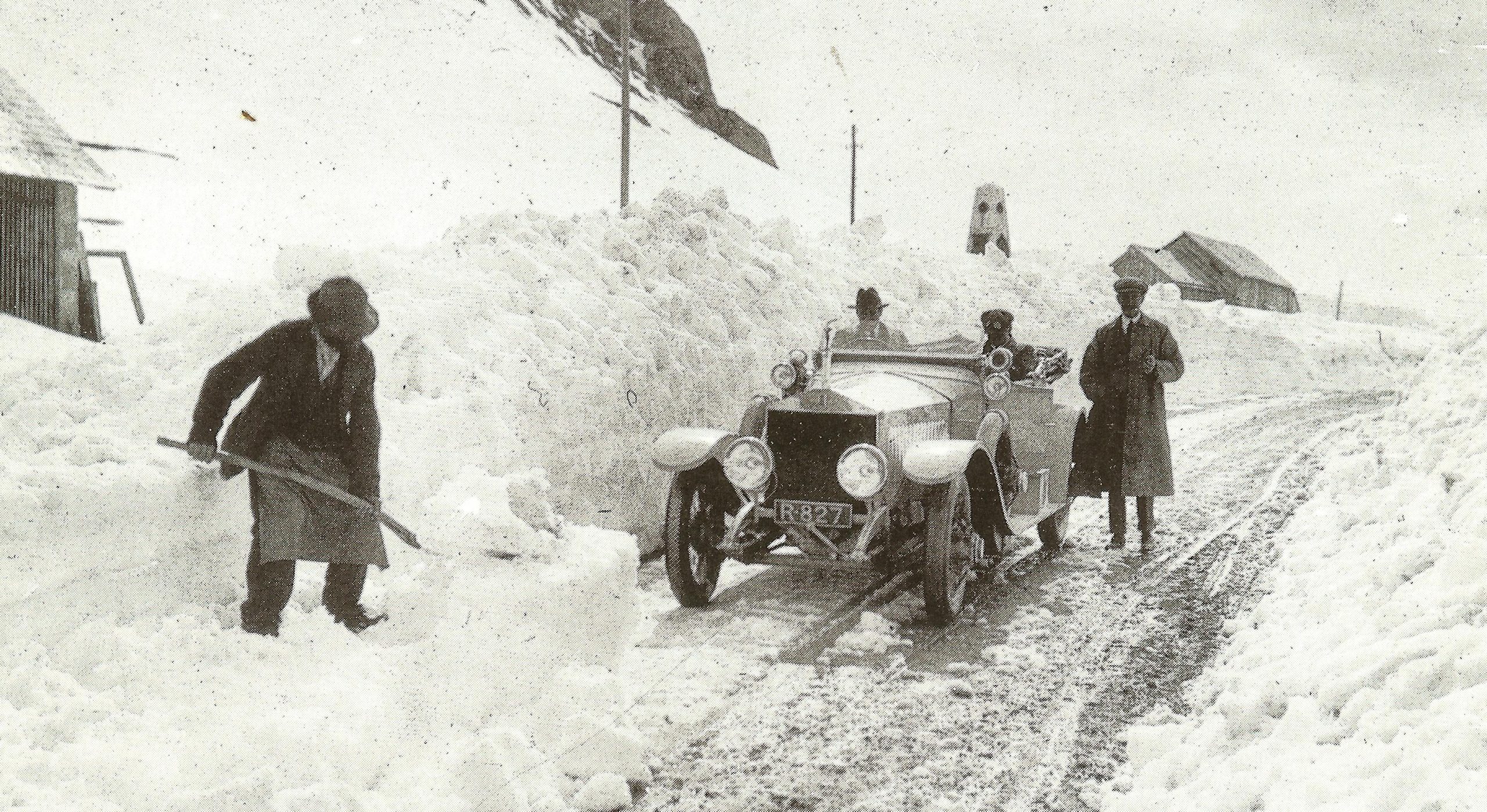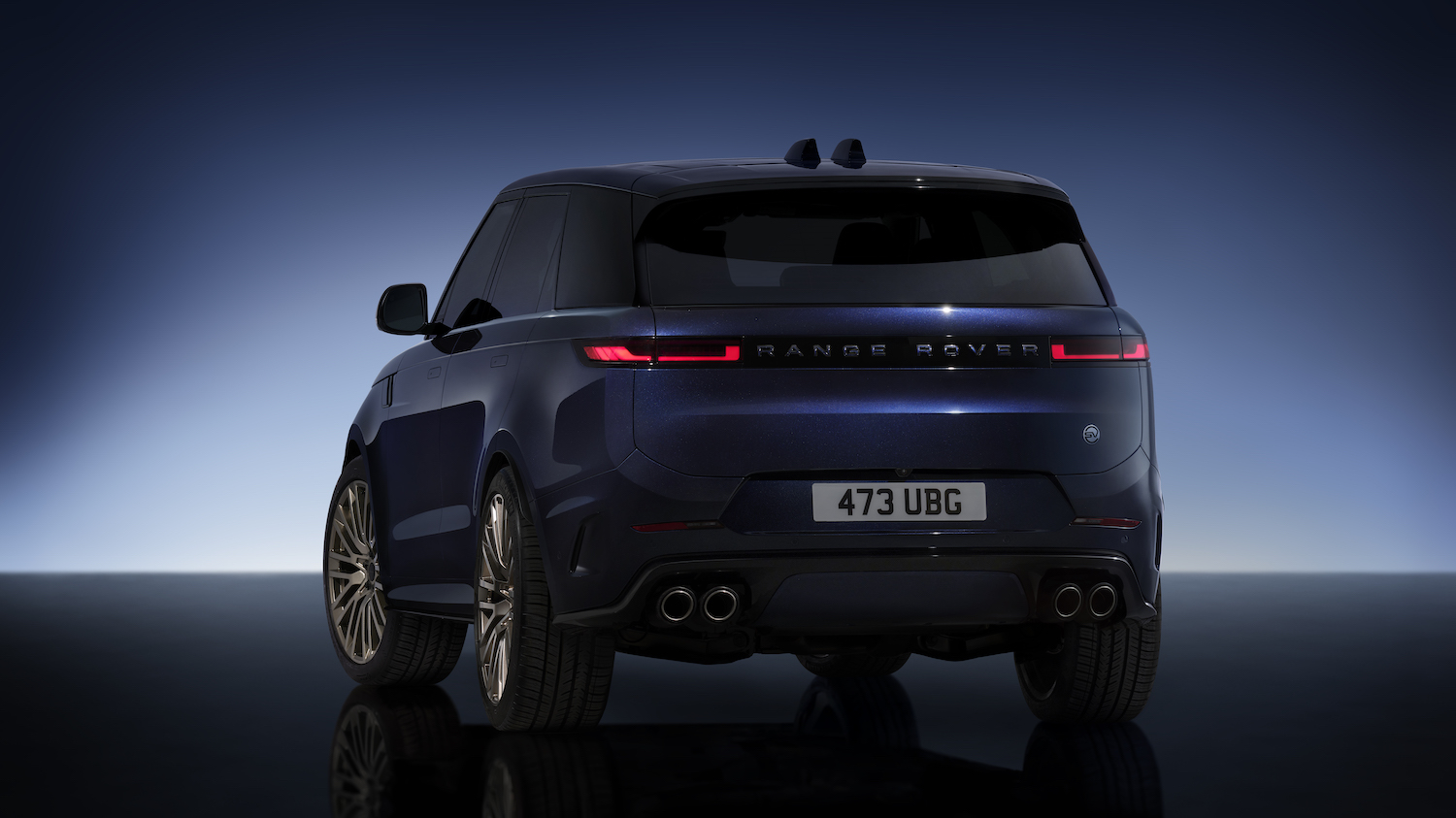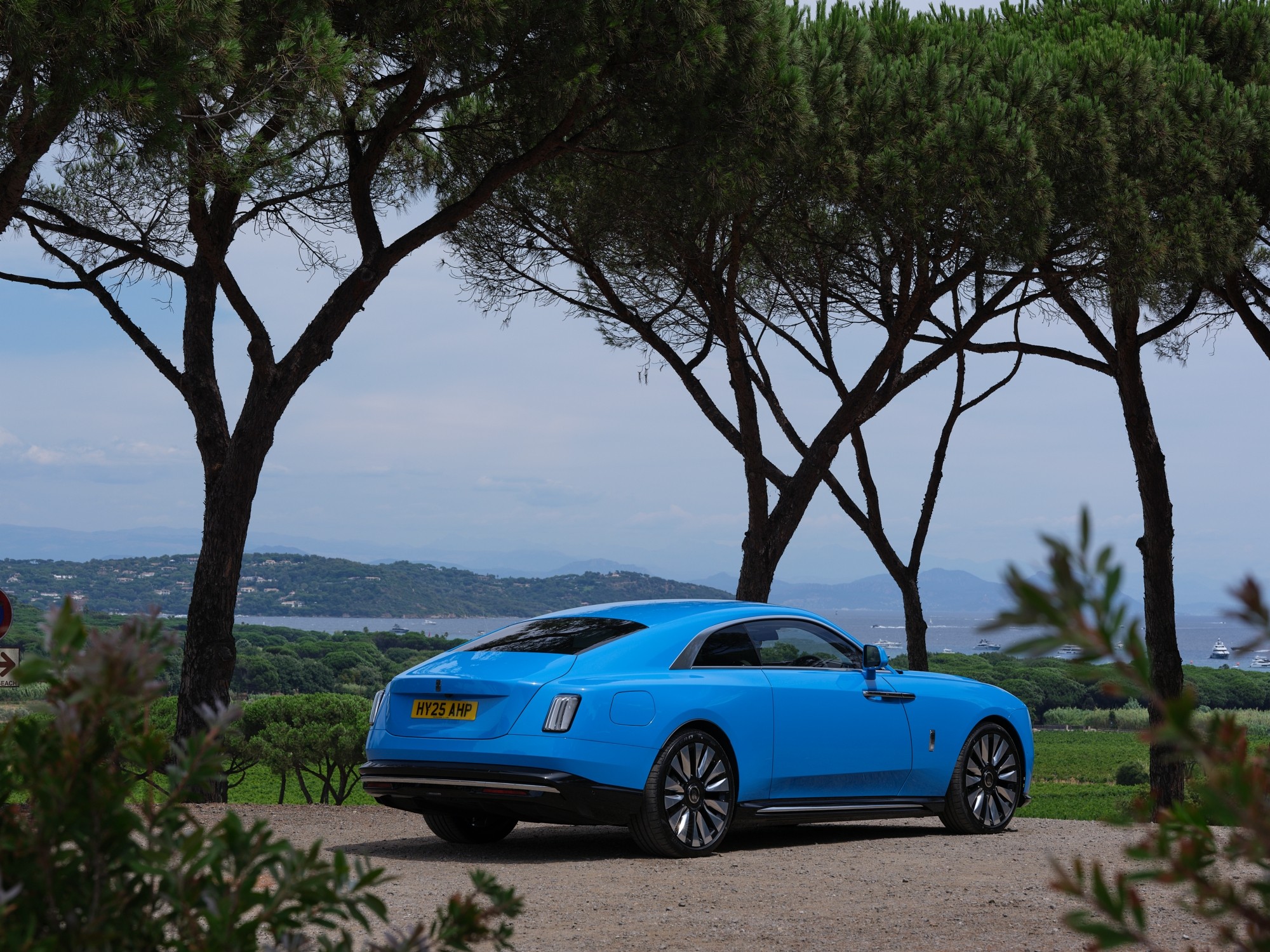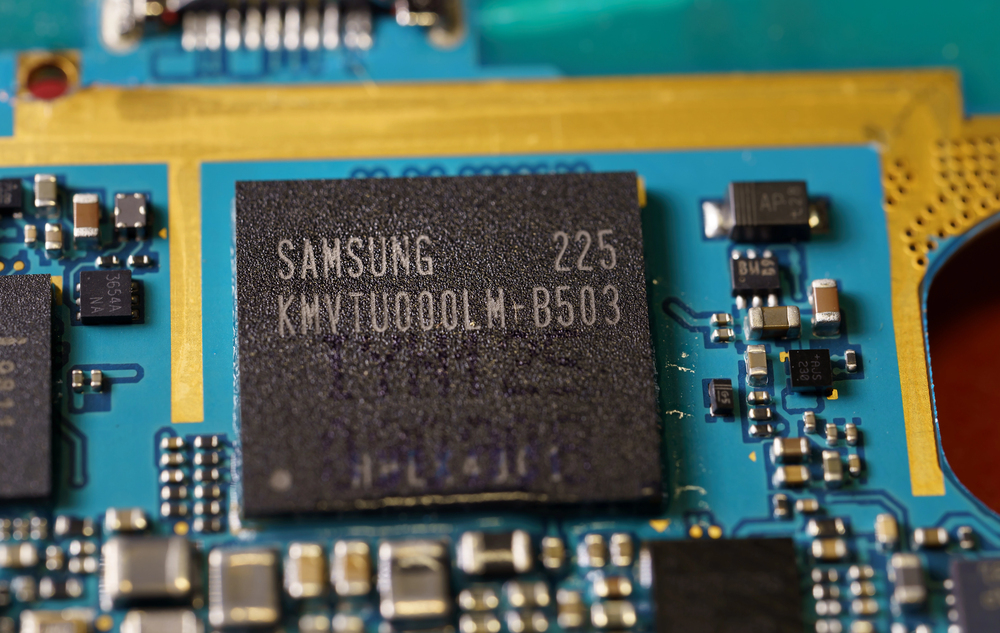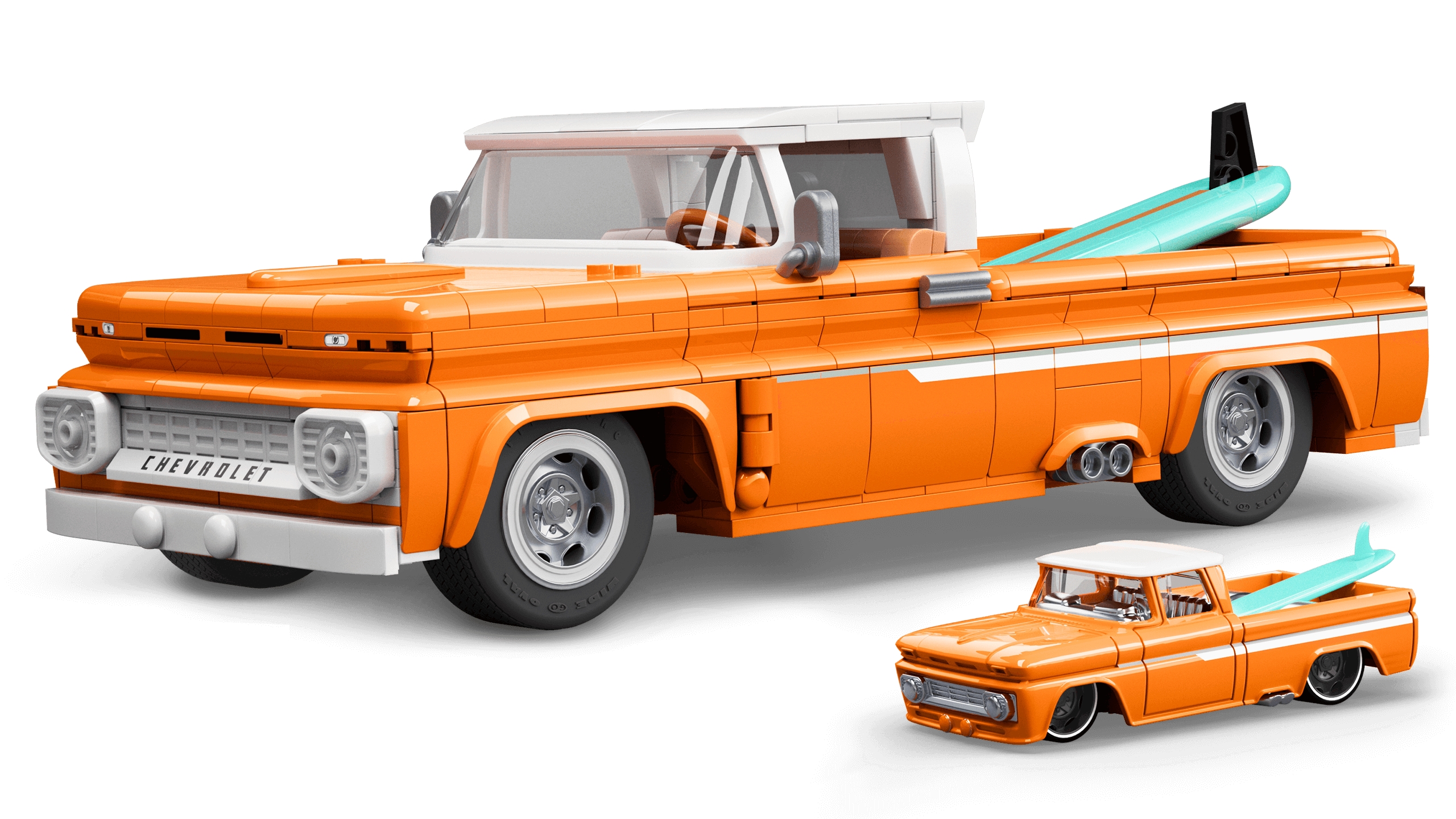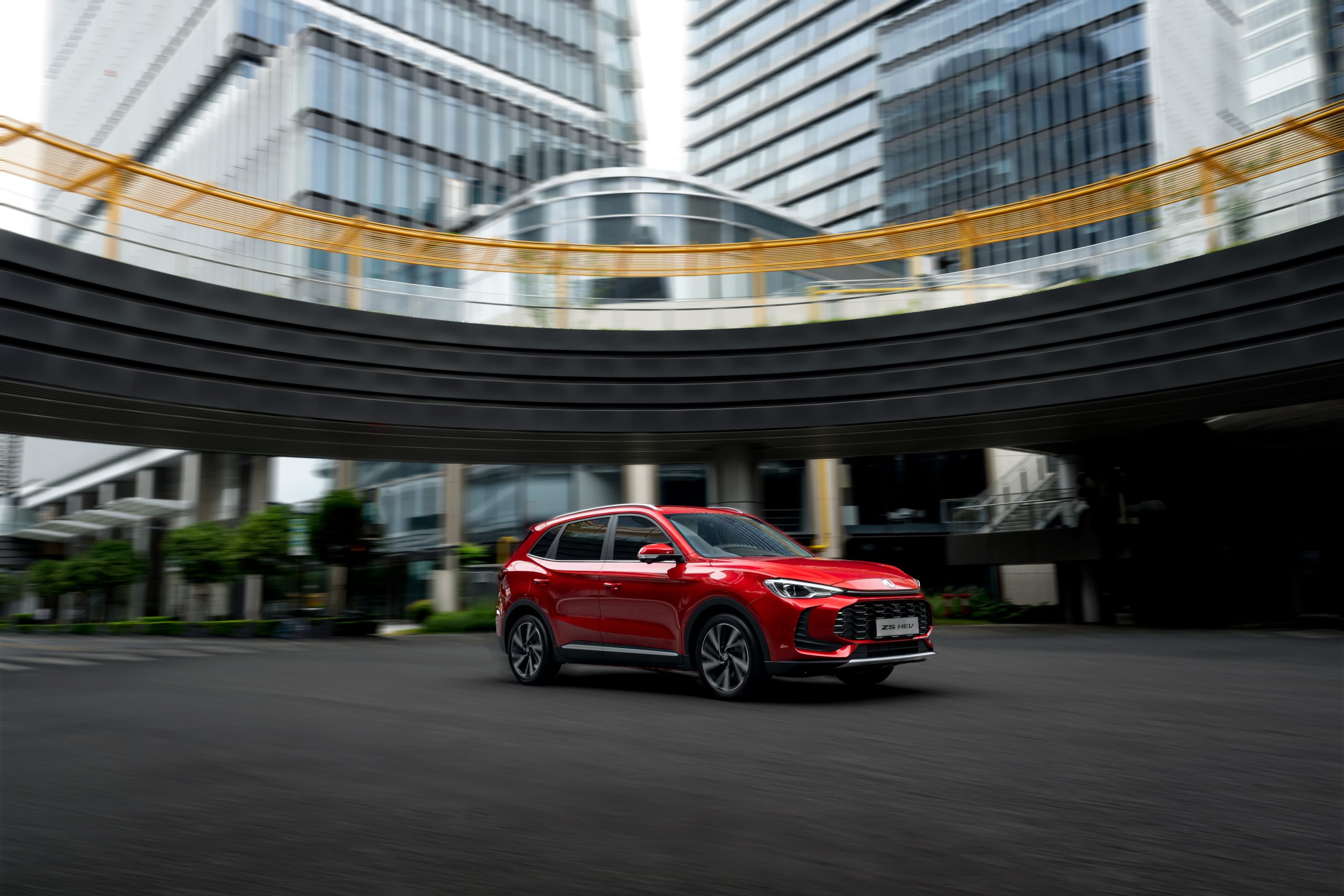Rolls-Royce ‘Models of the Marque’: the 1910s – the Rolls-Royce 40/50 H.P. ‘Silver Ghost’
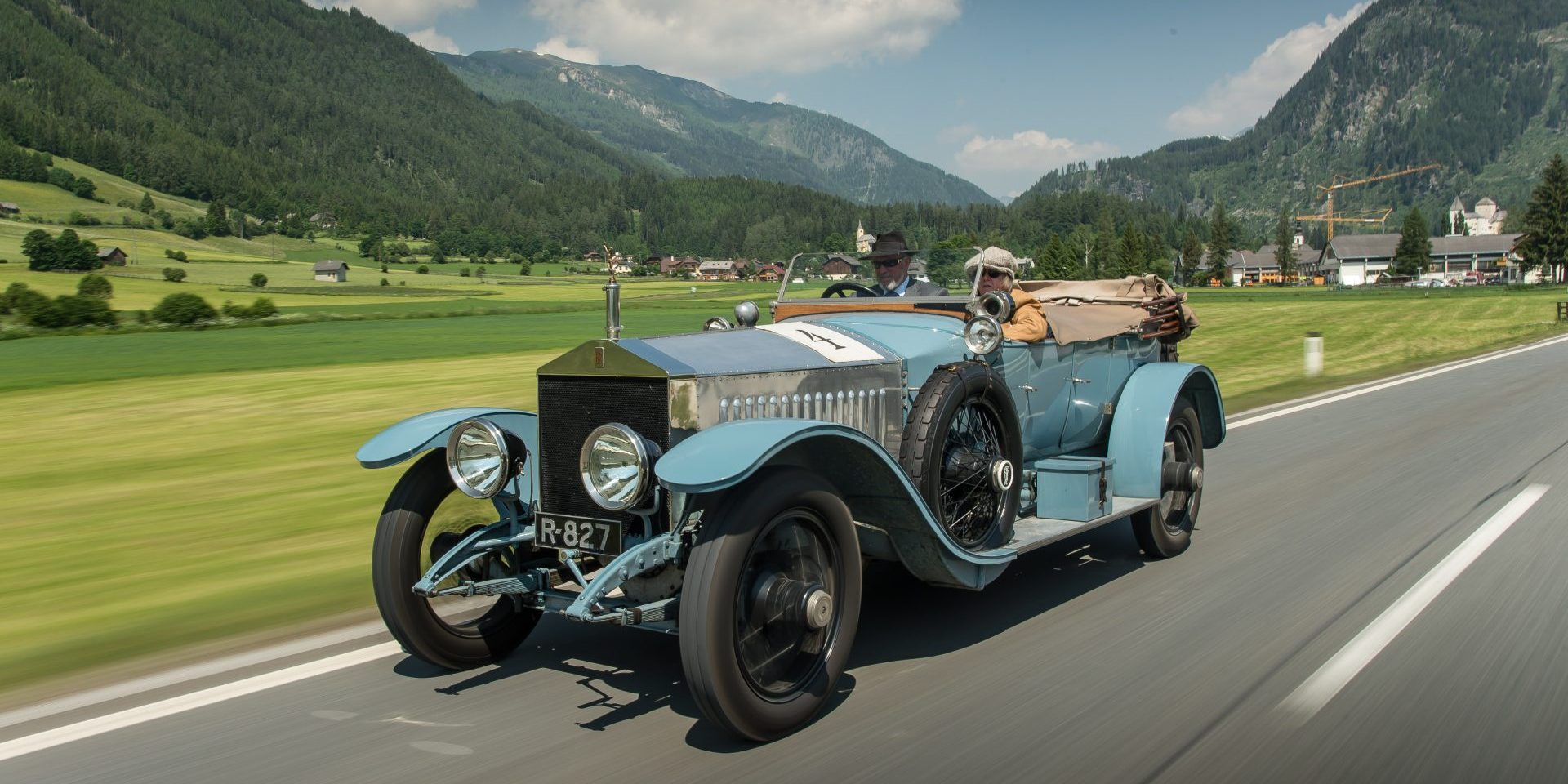
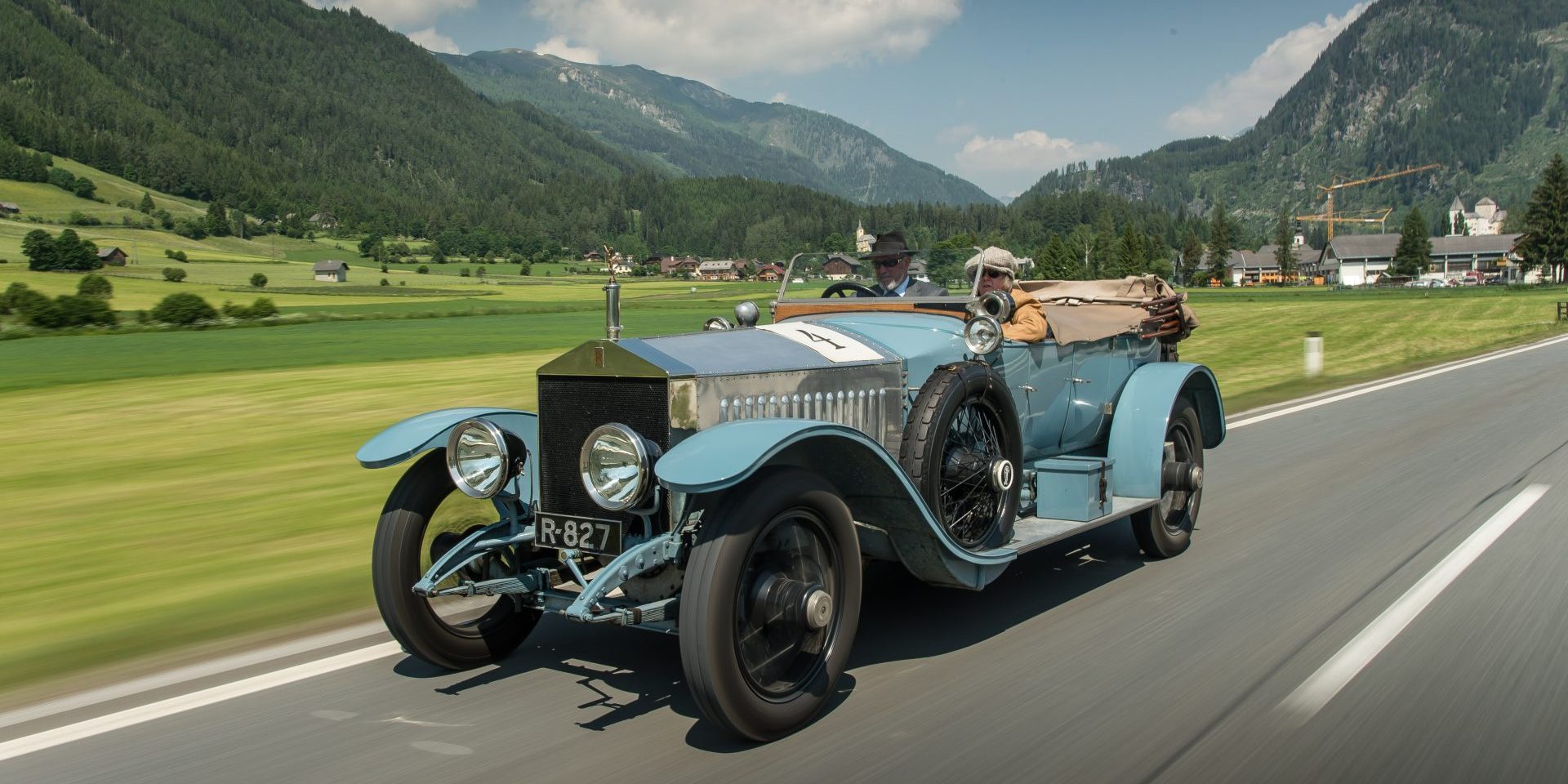
By 1906, just three years after its foundation, Rolls-Royce was already something of a victim of its own success. Demand for its motor cars was such that its line-up had quickly expanded from the original twin-cylinder 10 H.P. to include three-cylinder 15 H.P., four-cylinder 20 H.P. and six-cylinder 30 H.P. models. Henry Royce had even produced the first ever V8 passenger motor car, known as the ‘Legalimit’ since the 3.5-litre engine was governed to keep it below the 20mph speed limit then in force in Britain – only three of these were ever made, and it remains the only Rolls-Royce model of which no examples survive. This proliferation of models reflected a trend across the luxury automotive sector, as competing manufacturers chased an ever more finely segmented client base.
However, for Rolls-Royce, it caused major manufacturing headaches, since many parts were not interchangeable between models. The problem was compounded by Henry Royce’s entirely laudable policy of continuous improvement; his constant adjustments and refinements went all the way down to the smallest components. This created variations between – and even within – production series, to the extent that often only a handful of individual motor cars would be entirely identical.
As with almost any manufacturing process, more complexity and variability meant increased costs. This was anathema to the highly astute, commercially driven Managing Director, Claude Johnson. Having decided radical change was needed, he proposed the marque should focus all its energies on producing just one model. Charles Rolls enthusiastically agreed, but insisted it should be positioned at the top end of the market, where Rolls-Royce was already gaining a reputation as the very best motor car available.
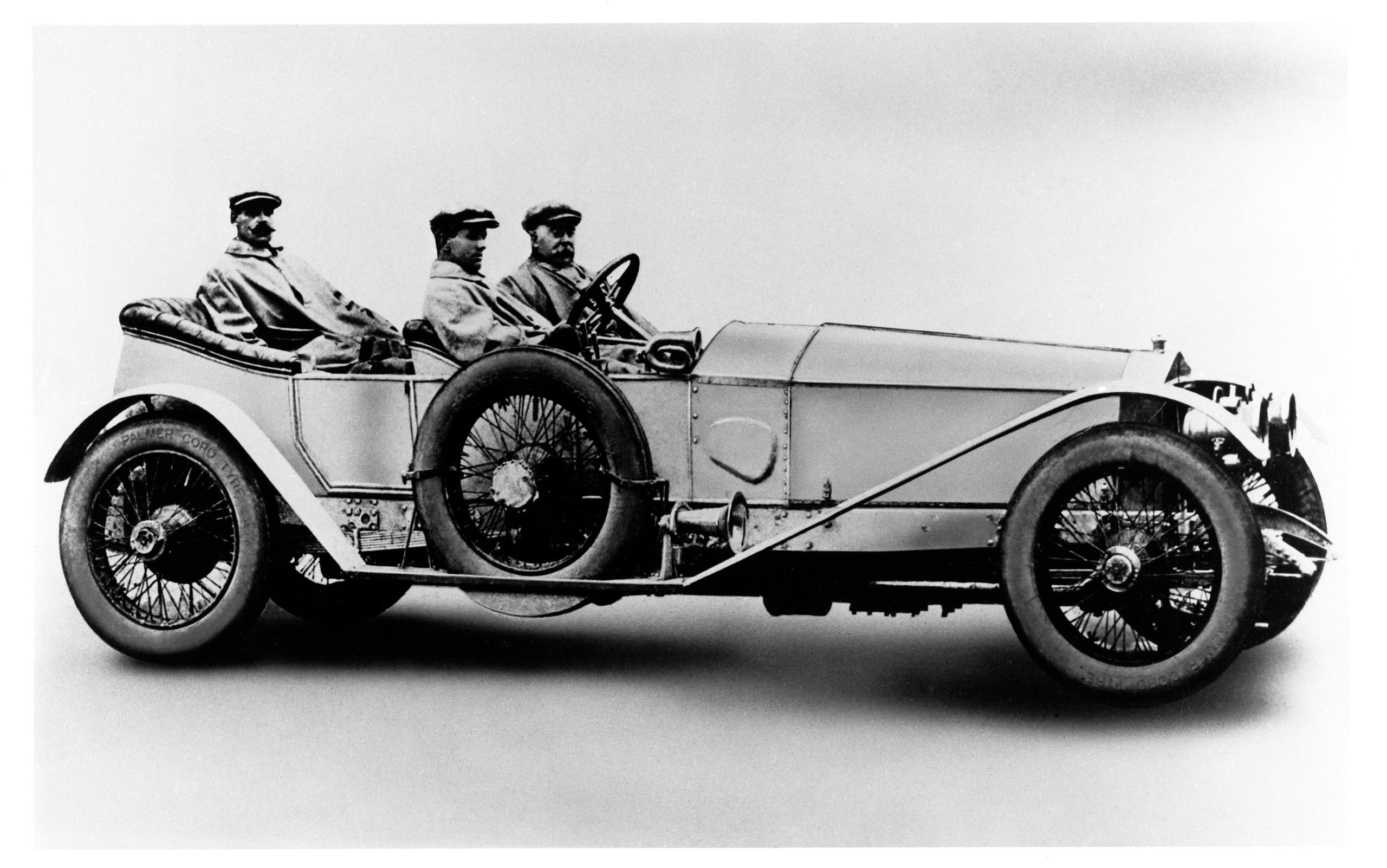
Though a ruthless perfectionist and tireless innovator, Royce was also a pragmatist. He saw the logic of his colleagues’ single-model approach and duly produced a completely new motor car, the 40/50 H.P.
As with all Rolls-Royce models of the time – and indeed until the 1950s – the 40/50 H.P. was a rolling chassis, upon which the client commissioned bodywork from an independent coachbuilder. At its heart was a new six-cylinder, 7036cc engine (from 1910, the capacity was increased to 7428cc). Royce’s groundbreaking design effectively divided the engine into two units of three cylinders each; combined with a harmonic vibration damper on the crankshaft – a feature still used by modern manufacturers – he effectively eliminated the vibration problems caused by resonate frequencies that had bedevilled six-cylinder engines up to that point.
This technical achievement alone would have been sufficient to make the 40/50 H.P. a historically significant motor car. But it was the marketing genius of Claude Johnson that assured its immortality.
When the 40/50 H.P. was launched, new motor cars were taxed based on their horsepower. In general, this meant higher-value motor cars attracted heavier duties than lower-priced models. Since many of the more powerful motor cars on the market were imported, the tax also helped protect domestic British producers.
To provide a universal basis for these tax calculations, the Royal Automobile Club (RAC) developed the ‘tax horsepower rating’. This was derived not from actual engine output, but by an esoteric mathematical formula based on three engine measurements, all the more arcane when expressed in the prevailing imperial units: an assumed mechanical efficiency of 75%; a mean cylinder pressure of 90lbs per square inch; and a mean piston speed of 1,000 feet per minute. Since these differed from engine to engine, in reality, the resulting figure was almost entirely arbitrary, but could be applied by manufacturers and bureaucrats alike. Using this formula, the new Rolls-Royce was tax-rated by the RAC at 40 horsepower; in fact, it developed 50. Hence it was given the prosaic ‘40/50 H.P.’ designation on launch, so clients would know both the level of duty they would have to pay and how much power they could expect.
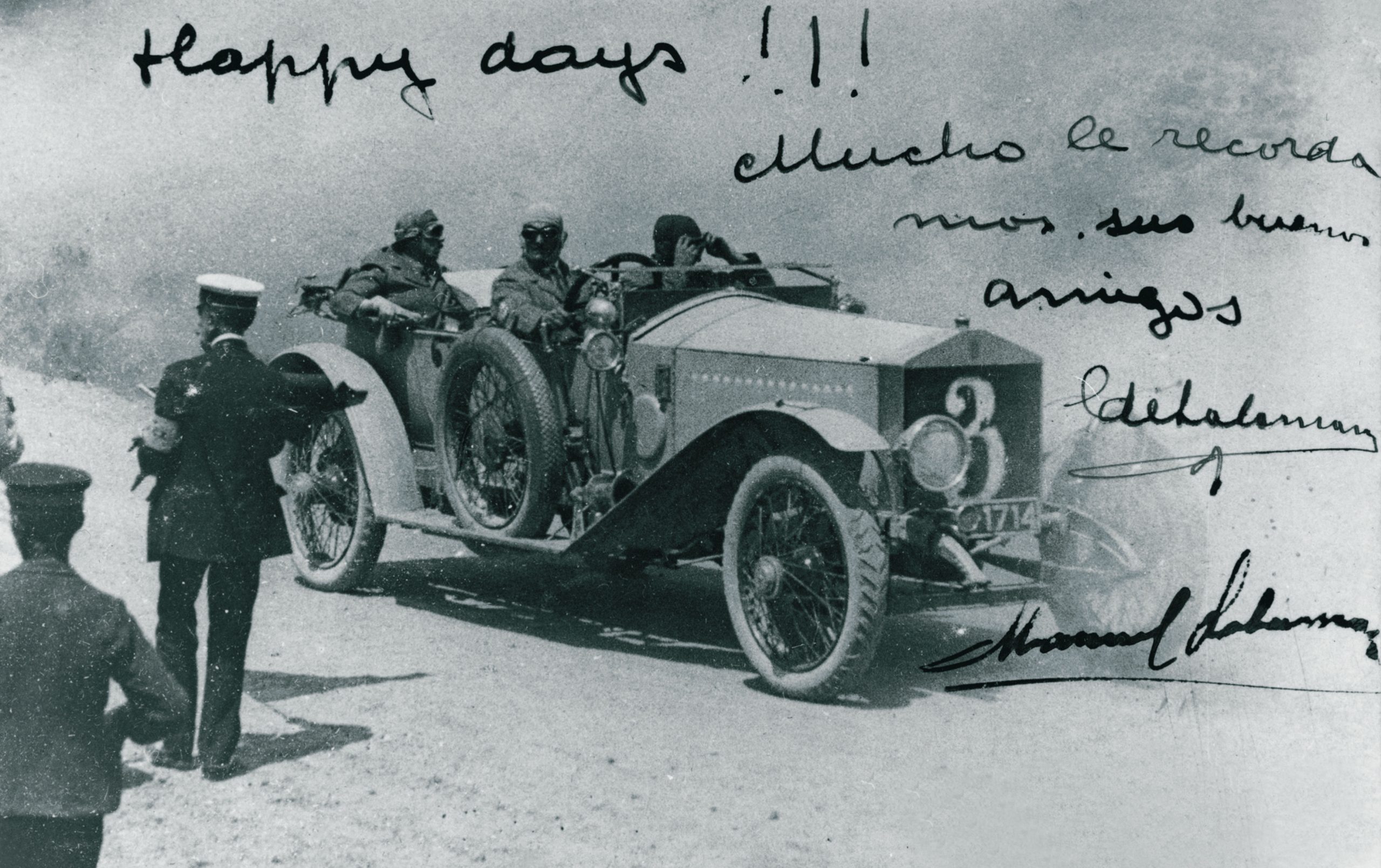
As an engineer, Royce was probably quite comfortable with this functional naming convention, but not so Claude Johnson. To his showman’s mind, it lacked distinction, resonance, romance and glamour; and it certainly failed to properly suggest the desirable, best-in-class motor car envisioned by Charles Rolls.
Accordingly, some 50 of the early motor cars were given suitably imposing names, either by Johnson or by their proud owners. In an inspired moment, Johnson dubbed the twelfth chassis, number 60551, the ‘Silver Ghost’, in homage to its almost supernatural quietness and smooth ride. Painted silver and adorned with silver-plated fittings, it was widely exhibited by Rolls-Royce at motor shows, and Silver Ghost would go on to become the name by which the 40/50 H.P. was generally known, as it is today.
But chassis 60551 was more than just a showpiece. Out on the road, it dominated the gruelling, high-profile reliability trials that represented the pinnacle of motoring endeavour at that time and were thus central to Johnson’s relentless promotional activities. In the process, it perhaps did more than any other early Rolls-Royce model to establish the marque’s international reputation for performance and engineering excellence.
Its extraordinary run of success began with the 1907 Scottish Reliability Trial, in which it covered some 2,000 miles without a single breakdown, the only delay being for a minute to re-open a closed fuel tap. Immediately afterwards, it covered 15,000 miles non-stop, driving day and night except for Sundays, setting a new world record for continuous travel.
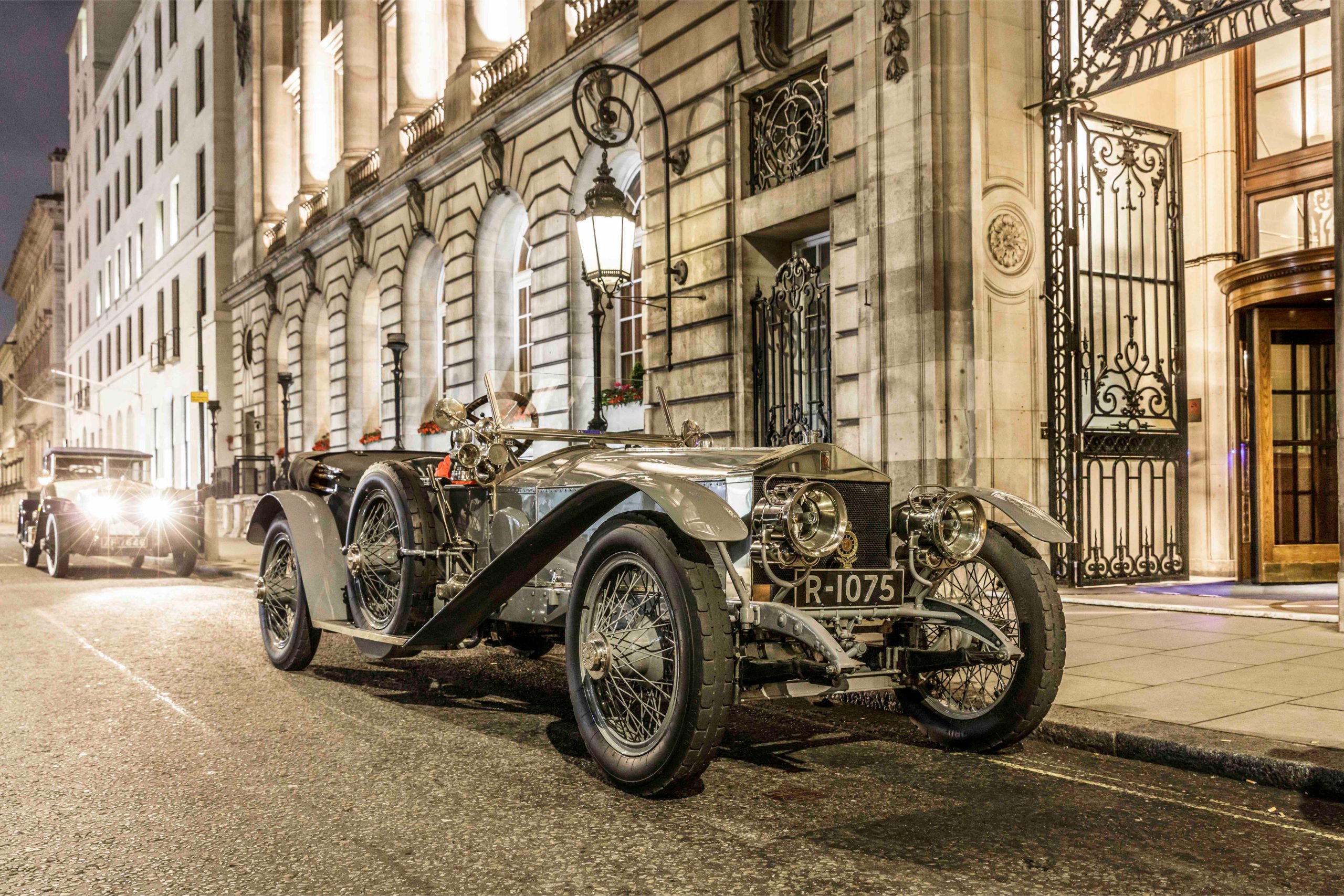
In 1911, impelled by his own pursuit of perfection and Johnson’s insatiable appetite for publicity, Royce unveiled a new version of the Silver Ghost. Known as the ‘London to Edinburgh’ type, it was designed for the RAC’s flagship reliability trial, a return run of almost 800 miles between the two capitals. In an age long before motorways, the route consisted almost entirely of poorly surfaced A- and B-roads; to add to the challenge, cars were locked in top gear from start to finish.
Chassis number 1701 won the event at an average speed of 19.59mph, returning a then-unheard-of fuel efficiency of over 24 mpg. To prove it had not been modified in any way, it achieved 78.2mph on a half-mile speed test conducted soon after the Trial; later that year, fitted with a lightweight streamlined body, it attained 101.8mph at the fabled Brooklands circuit in Surrey, becoming the first Rolls-Royce in history to exceed 100mph.
But arguably the 40/50 H.P.’s greatest sporting triumphs came in 1913. A ‘works team’ of three Silver Ghosts, plus one privately entered car, all specially prepared to the same specification for the rigours of high-speed endurance motoring, gained first and third places in that year’s Alpine Trial, which started and finished in Austria. Customers immediately demanded a Silver Ghost offering similar performance, so Rolls-Royce released a production model of the competition cars; formally named the Continental, these were generally known as ‘Alpine Eagles’. The Continental itself then scored a landmark win in the inaugural Spanish Grand Prix, driven by the newly appointed Rolls-Royce agent for Spain, Don Carlos de Salamanca. His victory by three minutes helped Rolls-Royce break into a Spanish market that had long been dominated by French marques.
These faultless performances, together with the quietness and smoothness of operation implicit in its name, secured the Silver Ghost’s reputation as ‘the best car in the world’. It proved an enormous commercial success for Rolls-Royce, with 6,173 examples built in Britain, and a further 1,703 at the marque’s American factory in Springfield, Massachusetts, between 1907 and 1925.

Thanks to these relatively large volumes over a long production run, the Silver Ghost has one of the largest surviving populations of early Rolls-Royce models. This longevity is a testament to Royce’s engineering and the marque’s build quality. Even more impressive, however, is that some are still capable of the performances they achieved when new. In 2013, 47 Silver Ghosts, including one of the original team, retraced the 1,800-mile route of the 1913 Alpenfahrt, while in 2021, chassis 1701 repeated its record-breaking London-Edinburgh run; locked in top gear, just as it had been 110 years earlier.
“Of all the famous nameplates borne by Rolls-Royce motor cars since 1904, few are as celebrated, significant, evocative and enduring as the ‘Silver Ghost’. Formally launched in 1906 as the 40/50 H.P., it was the first model to be awarded the soubriquet of ‘the best car in the world’ that Rolls-Royce retains to this day, setting unmatchable standards for performance and reliability, proven in the era’s toughest road trials. It was also a stupendous commercial success, with almost 8,000 examples built in the UK and US over an 18-year period – an unimaginable product lifespan in the modern age. That so many Silver Ghosts still survive in full working order – and, indeed, regularly perform the same feats they achieved more than a century ago – is a lasting monument to Henry Royce’s engineering genius.” – Andrew Ball, Head of Corporate Relations and Heritage, Rolls-Royce Motor Cars.
